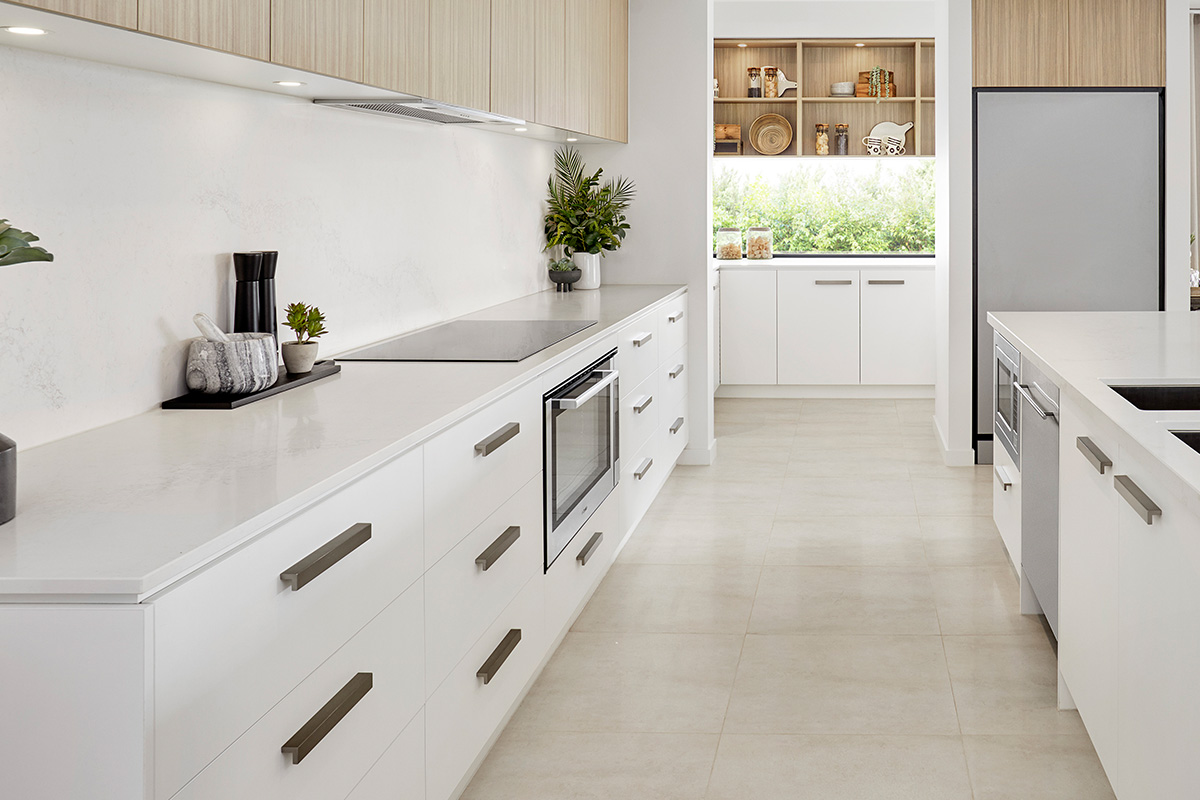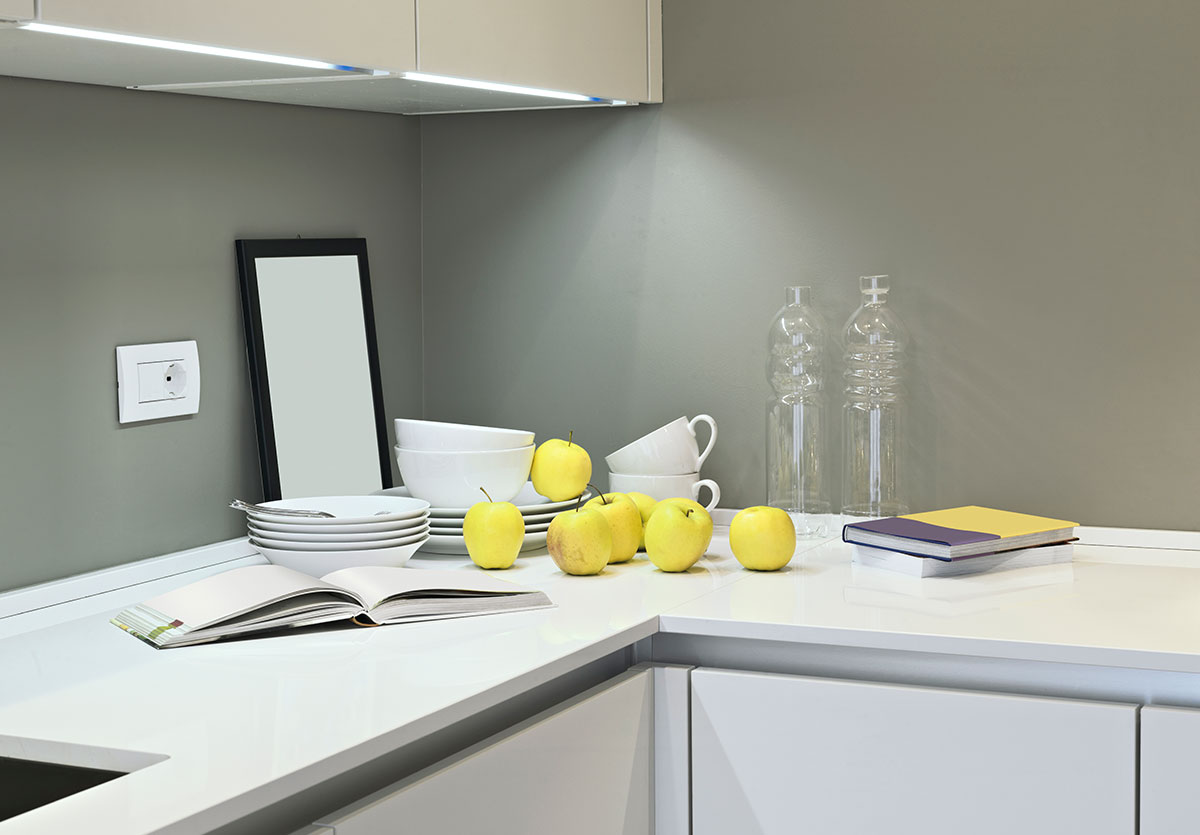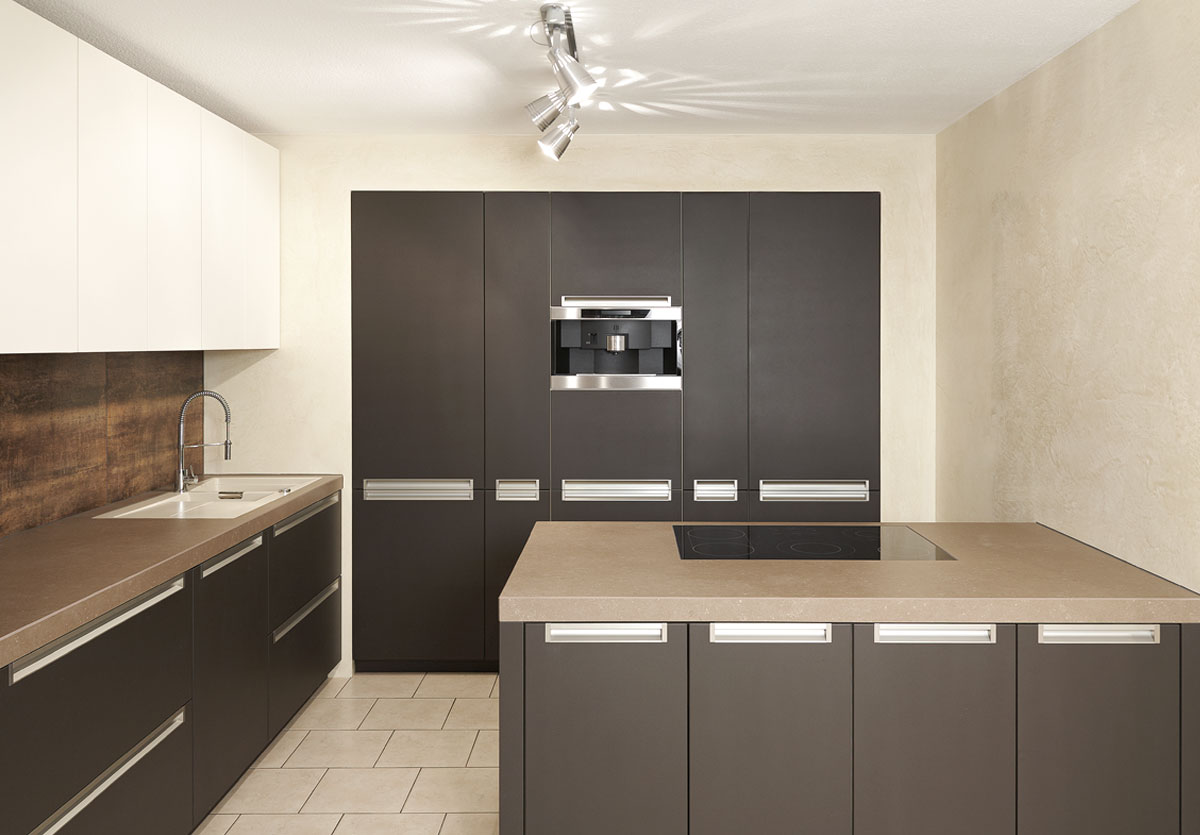The best way to cut a kitchen worktop depends on the tool used, size and material of a worktop.
Jigsaw in cutting a kitchen countertop is commonly used and is mainly preferred because it’s a simple and efficient way to cut the material in a clean and flawless way without causing breakage.
When using a jigsaw to cut a kitchen work surface, make sure you use sharp blades, otherwise, the surface can become rough when cutting.
Ensure all safety measures in the workplace, such as the use of the required electrical voltage and wear quality footwear to prevent accidents.
Keep reading to understand the steps to cut a kitchen worktop in a DIY way.
HOW TO CUT A KITCHEN WORKTOP WITH A JIGSAW
1. Measure the Material
Firstly, maintain an accurate record of measurements.
Align the measurement scale with the area and material to make exact calculations.
Carry out the step-by-step measurement to avoid confusion.
You can start from the angles, sides and edges.
2. Draw the Lines
Measurement is certainly a critical step, but if you skip marking the precise lines, the measurements are wasted.
Mark the lines above the sections to be cut.
3. Prepare Blades
Install suitable blades into the jigsaw.
Understand the kind of material you are handling and use the compatible blades.
4. Place the Worktop
Position the work surface above the table so that it can be properly supported.
Use a strong and hard table to place under the worktop material.
5. Attach the Jigsaw
Connect the jigsaw with the power supply.
Switch on the switch indicating the on/off panels.
6. Cut the Surface
From the corners and sides cut the kitchen worktop surface with guidelines marked on the work surface.
Keep the blade at the centre of the marking lines for more accurate slices.
Bottom Line
Though it seems easy at first glance, to cut a kitchen worktop is not easy and requires precision.
Wear proper gloves and practice cutting some small parts because one slight cut can make you replace the entire worktop.
Take professional assistance in case you are not able to do it.
Keep following us for more solutions/hacks and DIY tips on your common kitchen problems.



